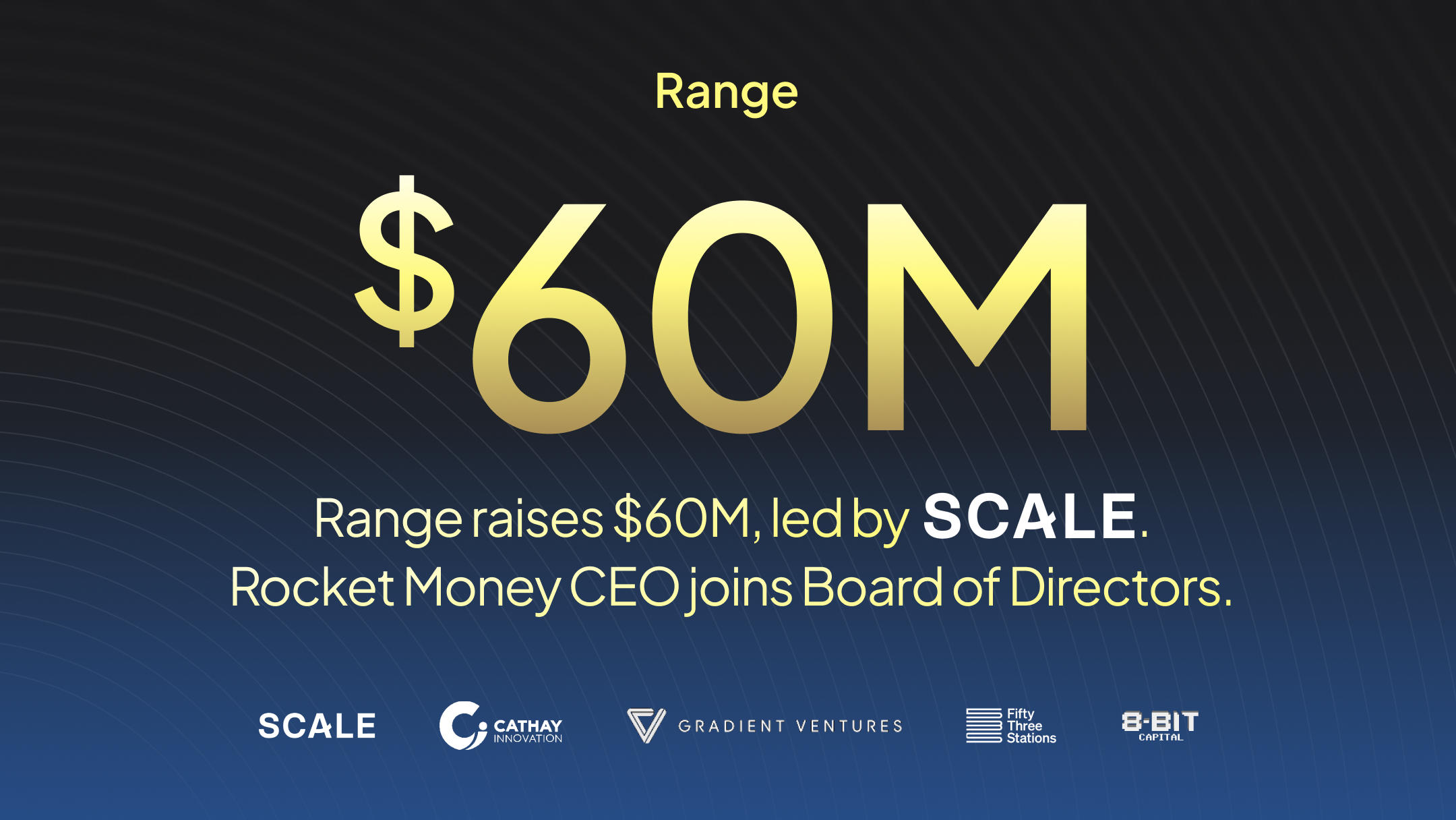Finally…the rate cut has arrived.
In March of 2022, more than 900 days ago, the Fed started an aggressive interest rate-hiking cycle in an effort to slow down the economy and tame inflation, which had spiraled to multi-decade highs after the COVID pandemic.
The Fed raised interest rates at the fastest pace in more than 40 years, bringing the Fed Funds Rate (the benchmark interest rate that influences how much consumers pay to borrow funds) up from near 0% to over 5% in just over a year.
The Fed held rates at this elevated level for another 16 months, until last Wednesday, when they finally offered some relief. At its much anticipated September meeting, the Fed lowered the benchmark rate by 0.5% to a range of 4.75-5.00%. This was the first rate cut since March of 2020, when the Federal Reserve was forced to cut rates in back-to-back emergency meetings as the economy froze in the midst of the COVID pandemic.
The Fed also indicated they aren’t done, projecting they will bring the Fed Funds rate down another 0.5% by the end of the year to a range of 4.25-4.50%. They expect to lower rates by an additional 1% next year, forecasting a 3.25-3.50% benchmark rate by the end of 2025.
What does this mean for the economy?
In a nutshell, the Fed is worried about the economy.
Remember, the Federal Reserve has a dual mandate—they seek to support price stability (keep inflation in check) and maximize employment (stimulate job growth).
The Fed’s move to begin easing signals to us they are starting to become more concerned about the economy than they are about inflation. This isn’t surprising given the mixed economic data points we’ve seen recently.
Payroll additions were significantly below expectations in July when we added only 89k jobs, according to the monthly US nonfarm payrolls report. We saw a bounce back in August to 142k jobs added, but it has become increasingly clear that this data is often inflated when first reported. At last Wednesday’s press conference, Fed Chairman Jay Powell himself noted “the payroll report numbers that we're getting may be artificially high and will be revised down.”

Meanwhile, the unemployment rate, while still low by historical standards, has been gradually creeping up. It stood at 4.2% as of August, up from the 3.7% level at the beginning of the year.
We’ve also seen weakness in leading indicators of industrial activity, including the US Flash Manufacturing Purchasing Managers Index (PMI), which unexpectedly fell to 47 in September. This marks the third consecutive month of contraction in US factory activity, and September’s reading is the steepest rate of decline since June 2023.

Despite this, the Services component of the PMI, which tracks activity levels in industries with less tangible product, remained strong at 55.4, the second-highest level seen in 29 months.

Headline consumer spending has so far remained resilient, with stronger than expected retail sales data in August (+0.1%). But we find a more mixed picture by digging into the details of the report. Most categories of the report (8 of 14) were weak, including autos, department stores, electronics, clothing and furniture, which all showed sales declines. Much of the strength came in online shopping, where consumers often search for promotions and deals.
.png)
Leading up to the meeting, there was a lot of debate as to whether the Fed would cut rates by 0.25% or 0.50%. After digesting these recent data points, they chose to take the more aggressive path, which we view as an appropriate insurance policy in the context of these recent economic indicators.
Importantly, while this shows the Fed’s concern, we also view this as a sign that the Fed will step in and act aggressively if the economy does begin deteriorating meaningfully from here. You could say that with inflation under control, the Fed “backstop” is here again to support markets if necessary.
What does this mean for the markets?
Since 1980, there have been 10 occasions where the Fed has embarked on a rate cut campaign. We’d categorize these into three types of cuts:
“Soft Landing” Cuts: These are rate cuts into a “soft landing” for the economy, i.e. cuts that were not followed by an extended recession. These occurred in 1984, 1995 and 2019 and have historically been positive for stocks. The S&P 500 was up in each instance following the first cut, gaining 20% on average over the next 12 months and over 60% on average over the next two years, significantly outperforming cash.
“Hard Landing” Cuts: These are rate cuts accompanied by a “hard landing” or extended recession, which occurred in 1980, 1981, 1989, 2001 and 2007. These have typically resulted in more turbulent periods for stocks. In three of these periods (1981, 2001 and 2007), returns six months after the first cut have been negative for the S&P 500, and in two of these periods (2001 and 2007), returns have been negative even 12 months following the first cut.
“Panic” Cuts: These were cuts to stem panic in the markets. These occurred in 1987 following the unprecedented one-day global stock market crash known as “Black Monday”, and in 1998 in response to financial crises in Asia and Russia and the high profile collapse of the hedge fund Long-Term Capital Management. The markets rallied meaningfully after both of these cuts, with the S&P 500 averaging a return of over 20% the 12 months following.
So what kind of rate cut did we just get from the Fed?
While we know this is not a “panic” cut, whether we are moving into a “soft” or “hard” landing for the economy is still to be determined. So far, we’ve been able to avoid a recession during this tightening cycle and the economy still looks reasonably healthy to us by historical standards. But all eyes (including the Fed’s) will be on economic data points in the coming months as we look to see whether recent weakening in the labor market gains momentum or stabilizes.
What does this mean for the everyday consumer?
Unfortunately, it doesn’t mean that we’re about to see the ultra low mortgage rates we saw after the pandemic. We’ve heard Fed policymakers say they don’t see rates returning to the sub-2% levels any time soon. Also, longer-term interest rates (like the 10-year treasury yield and 30-year fixed mortgages) do not necessarily move in concert with the benchmark rate the Fed directly controls. Bond markets can be influenced by other factors including future inflation expectations and economic sentiment, and were already pricing in a policy shift. Mortgage rates, for instance, were down over 100 bps from May levels coming into the Fed’s rate cut.
That said, consumers should see cheaper borrowing costs for many types of loans, including most credit card, auto and personal loans. Many corporations will also have cheaper access to debt, which will encourage investment and allow firms to keep more people employed.
Of course the underlying reason the Fed feels comfortable lowering rates, controlled inflation, should also be something we celebrate. A victory for the Fed against inflation is a victory for all of us. While prices at the grocery store and mall are unlikely to go down, they are no longer increasing at the rate we saw for the past several years. That means a bigger portion of annual pay increases gets to stay in the pockets of consumers.
What does this mean for me as a Range member?
History tells us that when the Fed starts helping with monetary policy while averting a recession, it can be good for stocks. We see some areas of concern for the economy, but feel encouraged that the labor market is still strong relative to history and that the Fed has indicated they are willing to step in aggressively if needed.
We are also acutely aware that no two cycles are the same and exogenous factors including elections, geopolitical affairs and unforeseen events (e.g. a global pandemic) can often influence short-term market volatility and performance.
Our philosophy is to have a well-crafted and personalized investment strategy that’s consistent with your long-term financial goals and built to weather market cycles. When you have a plan, it’s much easier to tune out the noise that often comes during times of market distress and euphoria.
If you want to discuss your investment strategy with a Range advisor or have any questions about your long-term plan, reach out to our team.






.svg)
.svg)
.svg)

